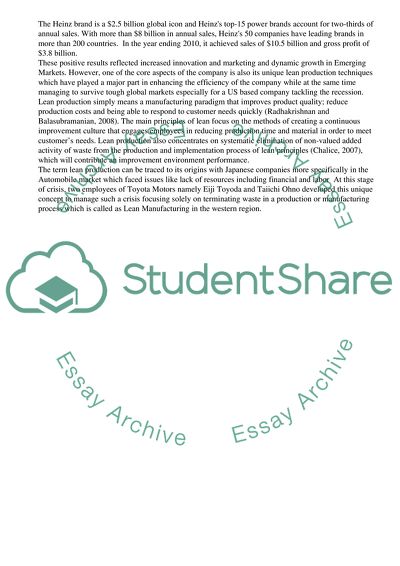Cite this document
(Operations Management in Heinz Company Case Study - 1, n.d.)
Operations Management in Heinz Company Case Study - 1. Retrieved from https://studentshare.org/management/1747748-operations-management
Operations Management in Heinz Company Case Study - 1. Retrieved from https://studentshare.org/management/1747748-operations-management
(Operations Management in Heinz Company Case Study - 1)
Operations Management in Heinz Company Case Study - 1. https://studentshare.org/management/1747748-operations-management.
Operations Management in Heinz Company Case Study - 1. https://studentshare.org/management/1747748-operations-management.
“Operations Management in Heinz Company Case Study - 1”, n.d. https://studentshare.org/management/1747748-operations-management.


